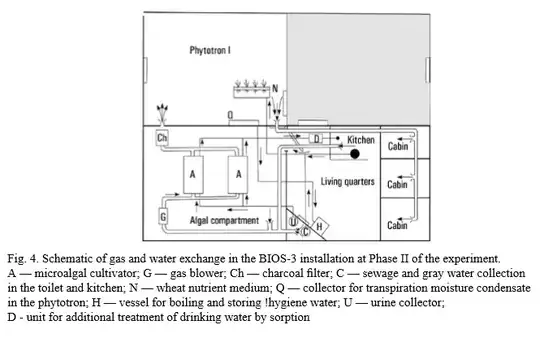I'm working on a space story in which an astronaut is travelling to Neptune to validate our CurrentEarth™ corporation's findings regarding our Solar System. The setting is a moving ship similar to the Mars home base in The Martian, but I came across a bit of a boondoggle, he needs to breathe! Being the crafty astronaut he is, he's using hydroponics not only for food on the long journey, but also for his oxygen supply. Ingenious!
A few details:
- He's an average height (5' 11", 180 cm), weight (195 lbs., 88 kg), and lung capacity (Normal) human male
- The size of the ship is not a problem (although weight still matters to an extent), he has plenty of funding from CurrentEarth™
- He needs to be able to constantly do strenuous activity without suffocation
- He has emergency oxygen supplies that will last for 1 year
- His ship has been preoxygenated for his trip, so he doesn't have a ramp up time while the plants grow
- He's really fond of his ficus Wilson
How many plants would it take for my astronaut to breathe while doing strenuous tasks in space?
